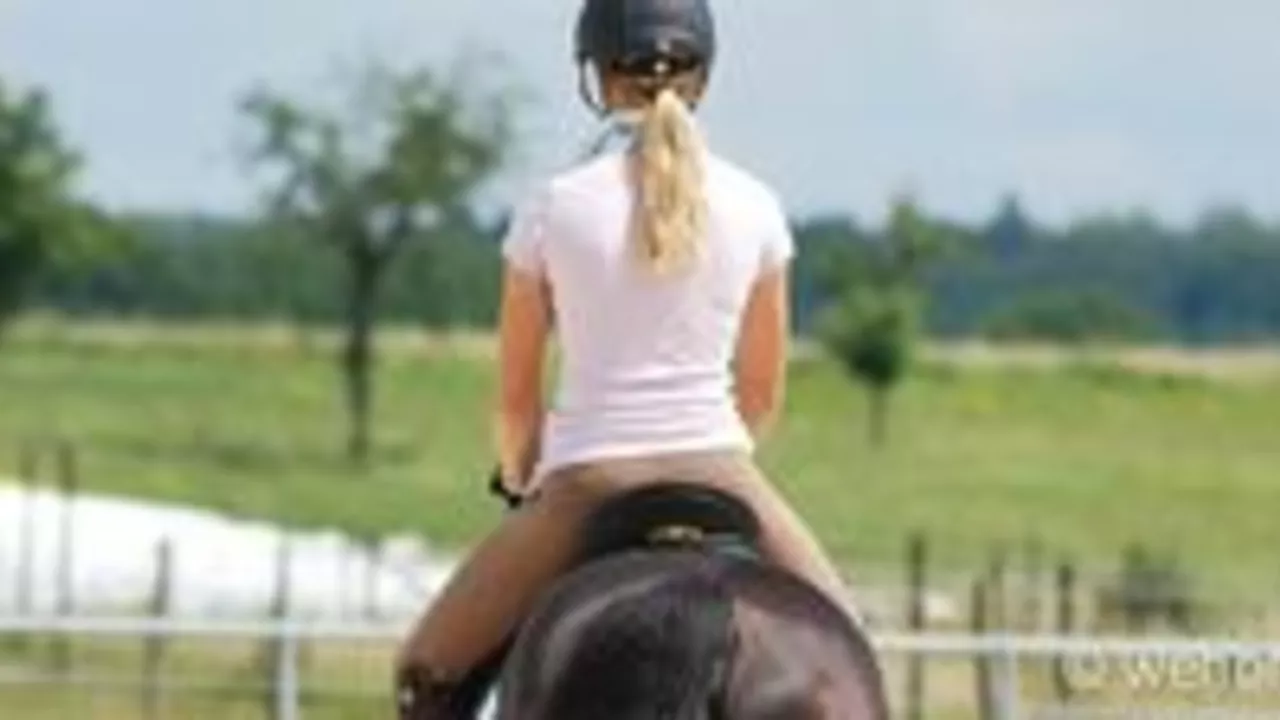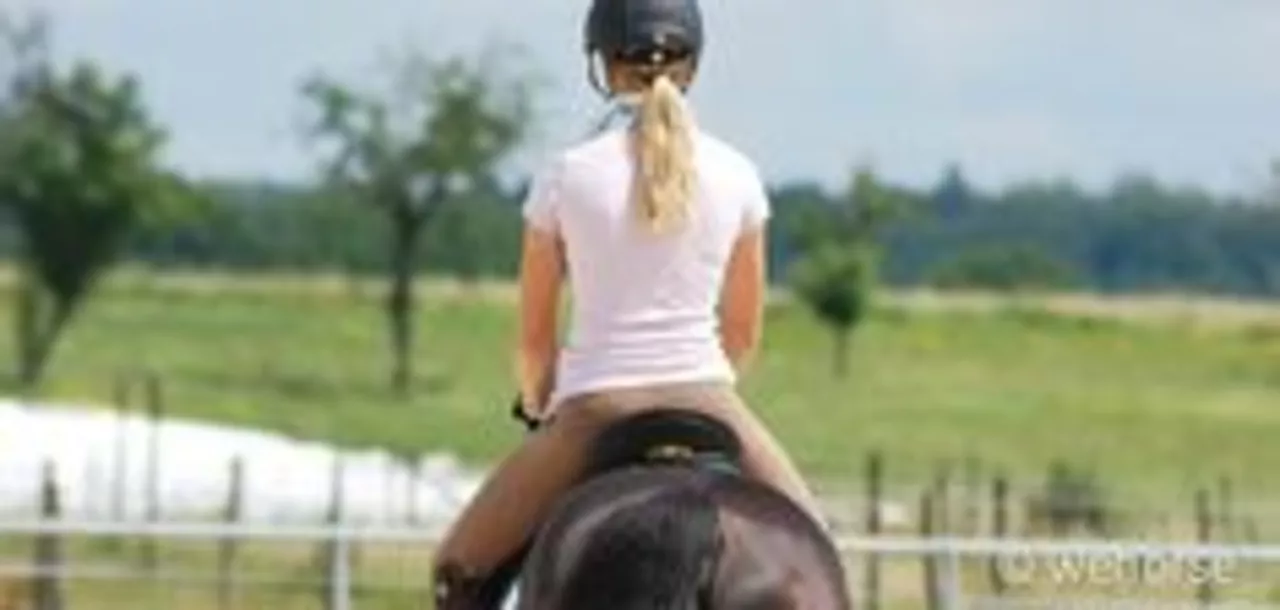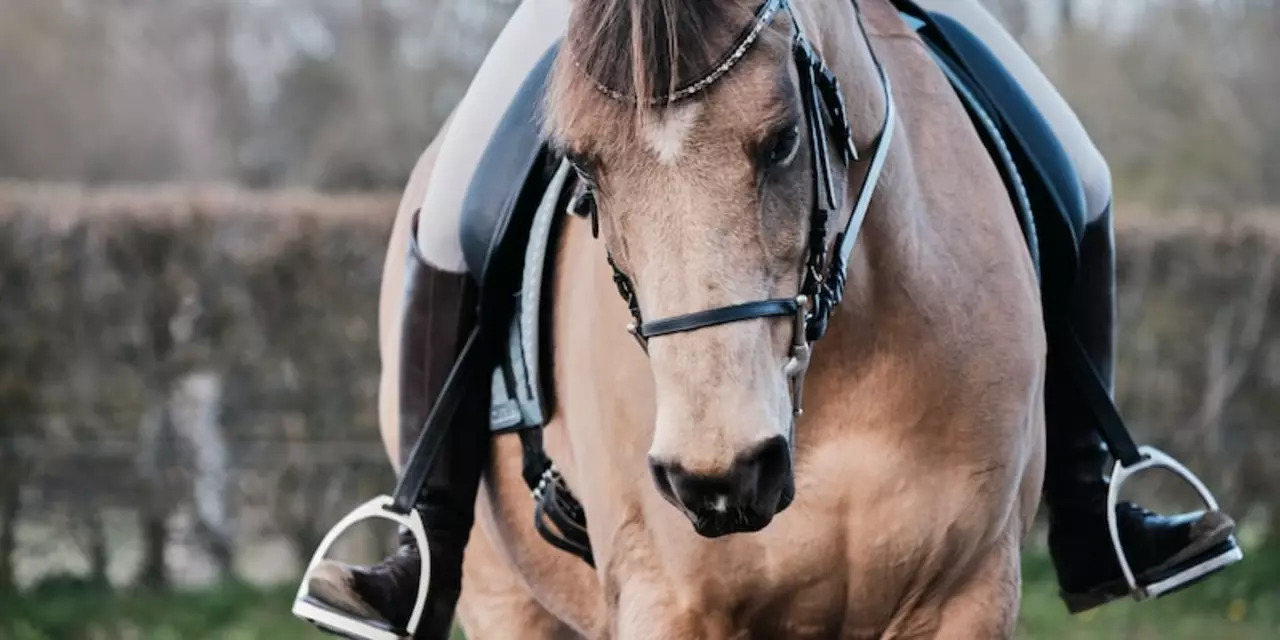Safety First: Practical Tips for Every Rider
When you mount a horse, the goal is fun, not a trip to the vet. A few simple habits keep you and your mount out of trouble. Below are the basics you can start using today, whether you’re heading to a lesson, a trail, or a competition.
Gear Up the Right Way
The easiest way to stay safe is to wear the right equipment. A certified helmet that fits snugly is non‑negotiable – it’s the single biggest factor in preventing head injuries. Pair it with sturdy, closed‑toe boots that have a small heel; the heel stops your foot from sliding through the stirrups. Long, snug pants or jodhpurs protect your legs from chafing and bruises.
Next, check your tack. The saddle should sit level on the horse’s back and feel comfortable for both of you. A poorly fitting saddle can cause soreness or even a backing injury. Make sure the girth is tight enough that the saddle won’t slip, but not so tight it restricts breathing. Inspect stirrups, reins, and any leather straps for cracks or wear before each ride.
Smart Riding Practices
Before you even think about riding, give your horse a quick health check. Look for signs of soreness, sweating, or uneven gait. If the animal seems stiff or reluctant, delay the ride and consult a vet or trainer. Warm‑up is another must‑do: walk the horse for five minutes, then trot slowly to loosen muscles. Skipping the warm‑up raises the risk of strains for both horse and rider.
While you’re out, stay aware of your surroundings. On trails, watch for obstacles like low branches, sudden drops, or wet patches. If the weather turns windy or rainy, consider shortening the ride or finding shelter. Keep your posture balanced – shoulders back, elbows relaxed, and eyes looking ahead, not down at the reins. A centered position lets you react quickly if the horse spooks.
Don’t forget emergency basics. Carry a basic first‑aid kit for both you and the horse, a phone with GPS, and a contact list for your vet or local tack shop. If you’re riding alone, let someone know your route and expected return time. A quick text before you head out can make a big difference if something goes wrong.
Finally, practice safe dismounting. When the horse slows, bring it to a complete stop, keep your feet in the stirrups, and swing one leg out before stepping down. Rushing off can cause a slip or twist an ankle. After the ride, clean the tack, check for new wear, and give your horse fresh water and a post‑ride snack.
Applying these easy steps each time you ride builds a habit of safety that protects both you and your horse. Riding should feel exhilarating, not risky, so stick to the basics, stay alert, and enjoy the ride with confidence.

In my recent exploration, I delved into the question of whether it's safe to learn horseback riding at the age of 25. From my research, age doesn't seem to be an obstacle in learning to ride a horse, provided you're in good health and physical condition. It's always important, however, to take safety precautions such as wearing a helmet and working with a trained professional. The key is to have patience and gradually build up your confidence and skills. So, for all you 25-year-olds out there, don't let age deter you from this exciting experience!
Read more

Stud earrings can be a stylish way to add some flair to your horseback riding lessons. However, it is important to consider safety before deciding to wear them. Stud earrings are small and can easily fall off and become a hazard. If you decide to wear them, make sure that the earrings are firmly secured and don't have any sharp edges that could cause injury. Additionally, consider the material of the earrings to ensure that they won't corrode or irritate your skin. With the right precautions and the right earrings, you can rock those studs while riding safely.
Read more

When riding a horse, it is important to wear the appropriate attire. Avoid wearing loose or baggy clothing, jewelry, or items with buckles or buttons as these can get caught in the saddle or bridle and cause injury. Additionally, avoid wearing flip flops, sandals, shoes with high heels, or any shoes with slick soles. Finally, wear a riding helmet at all times for safety. All in all, when riding a horse, it is important to dress appropriately and safely.
Read more


